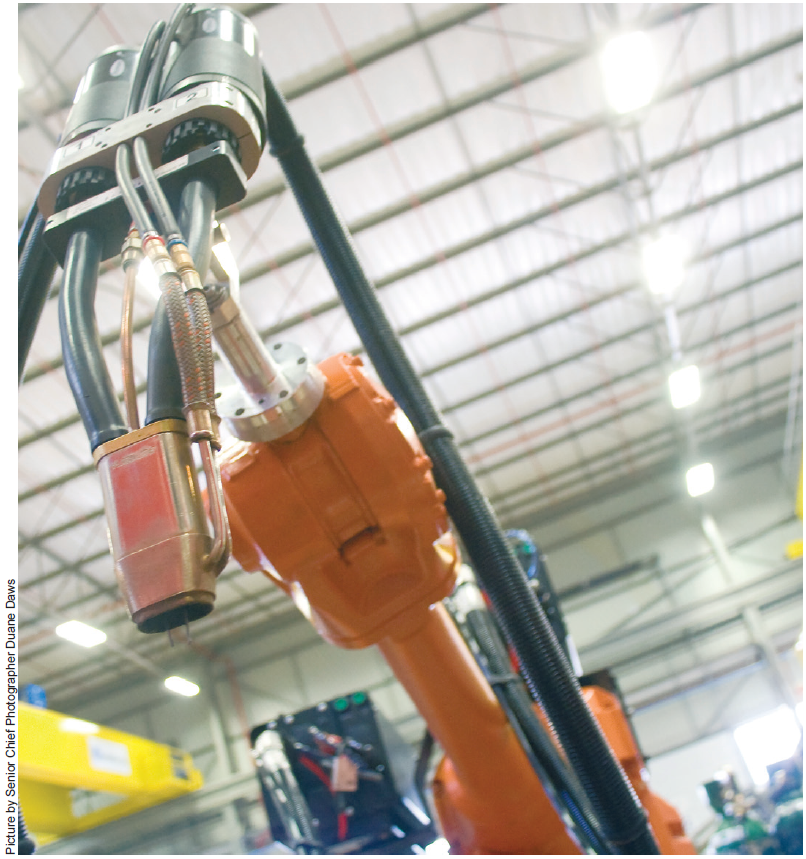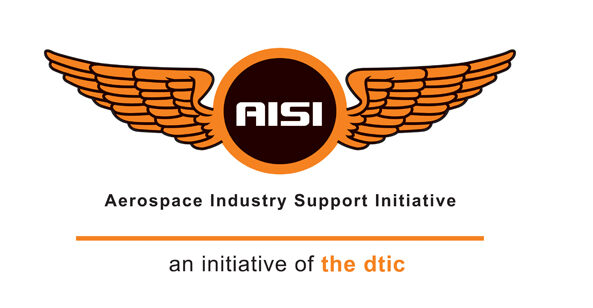By: Victor Moolman
Creamer Media’s Engineering News
Date: 01 September 2017
Although the lack of meaningful government involvement has been one of the biggest challenges in the industry, the Aeronautical Society of South Africa (AeSSA) still receives support from the Aerospace Industry Support Initiative (AISI), which is part of the Department of Trade and Industry’s initiative to promote aerospace-related advanced manufacturing sector growth. However, this is not on the scale of the international aerospace industry.

“AeSSA is the second oldest society of its kind in the world and closely aligned to and in fact a division of the Royal Aeronautical Society in the UK,” says AeSSA president Dr Glen Snedden.
He mentions that, in the 106 years of the society’s history in South Africa much has changed, including the huge growth in the sector through the 1980s and early 1990s to the significantly decreased government defence spending and procurement in the aerospace industry of the present day. This has resulted in a substantial reduction in the number of projects as well as the scale and nature of the work both in industry and in the research environment.
Snedden laments that when he started working at the Council for Scientific and Industrial Research (CSIR) 20 years ago, three projects would run concurrently over a year-long period, all in different stages of development. The opportunities for young engineers in the industry were immense and the industry is still reaping the rewards of the skills developed in this period. This contrasts with the present, in that there are far fewer systems being developed and “it is only once every two years that there is a project of any meaningful size being tested in the CSIR’s wind tunnels”, which represents a challenge to skills development and retention within the industry.
Owing to this, he notes that much of the aerospace industry in South Africa has stopped depending on government funding, with private companies paying for and supporting new skills and technology growth in the commercial sector rather than the defence sector, with very pleasing growth of a number of companies in the Western Cape, such as S-Plane, Simera and Newspace Systems.
However, he points out that, despite such challenges, the AeSSA continues to be involved in ensuring that its members, and the broader aerospace engineering community have opportunities to maintain their skills and knowledge through networking and training events such as the upcoming AeSSA annual conference, which is supported by the AISI and Department of Science and Technology. AeSSA’s role in keeping the levels of education and accreditation standards for aeronautical engineers in South Africa remains high.
“In 1994, we started to see a steady shift, not a dramatic change, towards the commercial side of the industry. “The defence industry was large in the 1980s and was the core of the aeronautical industry, but since then, less has been invested in defence and we have seen the rise in commercial business,” he reiterates.
He concludes that companies, such as aircraft components manufacturer Aerosud, and metallic and composite aerostructures manufacturer Denel Aerostructures, continue to supply parts to aircraft manufacturers Boeing and Airbus, which dominate the aerospace commercial sector.
Read more: http://www.engineeringnews.co.za/article/reduced-spending-leads-to-decrease-in-research-2017-09-01
